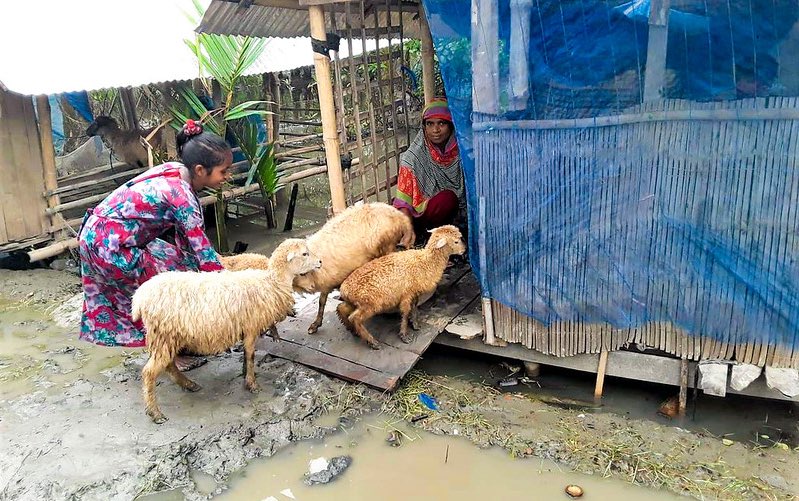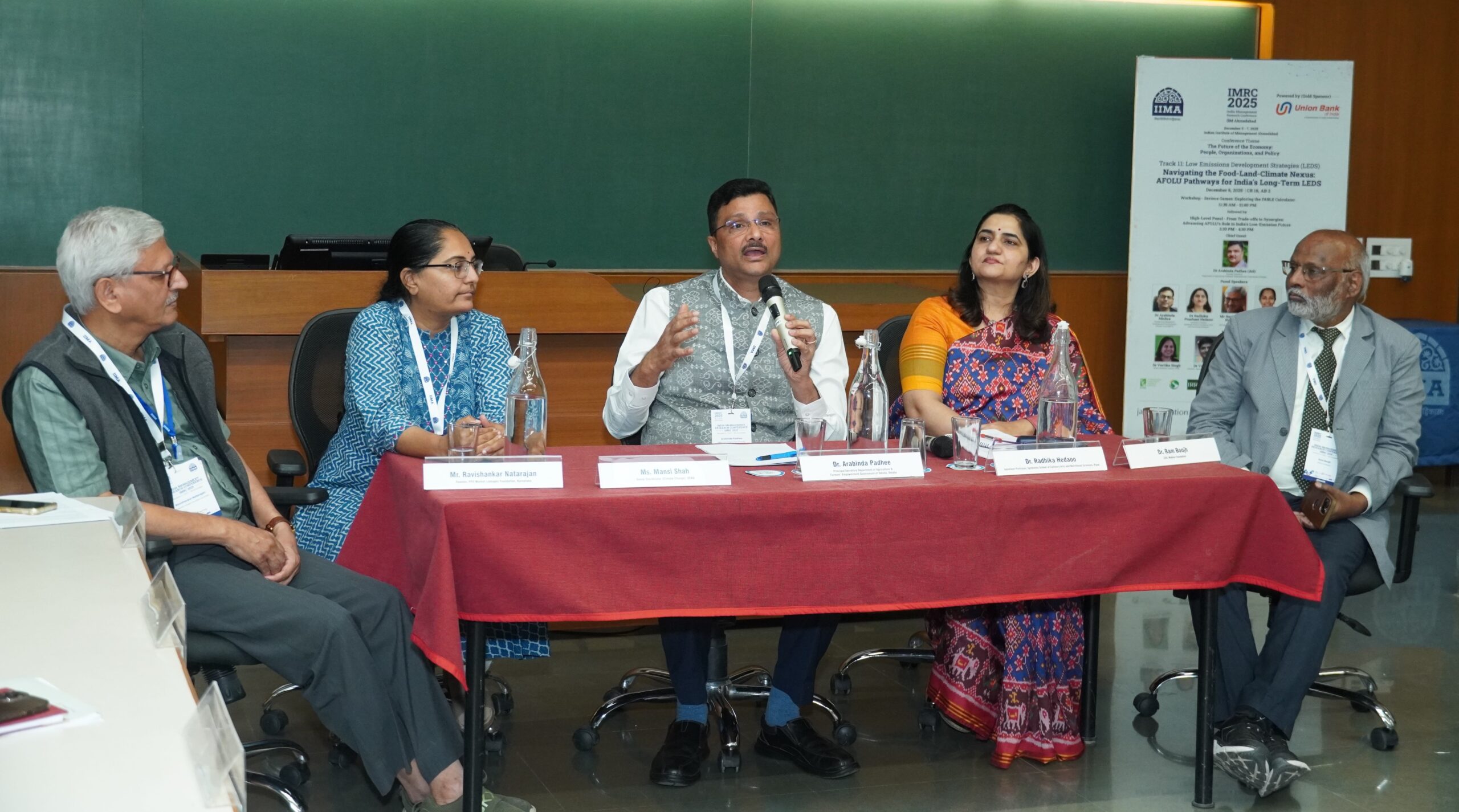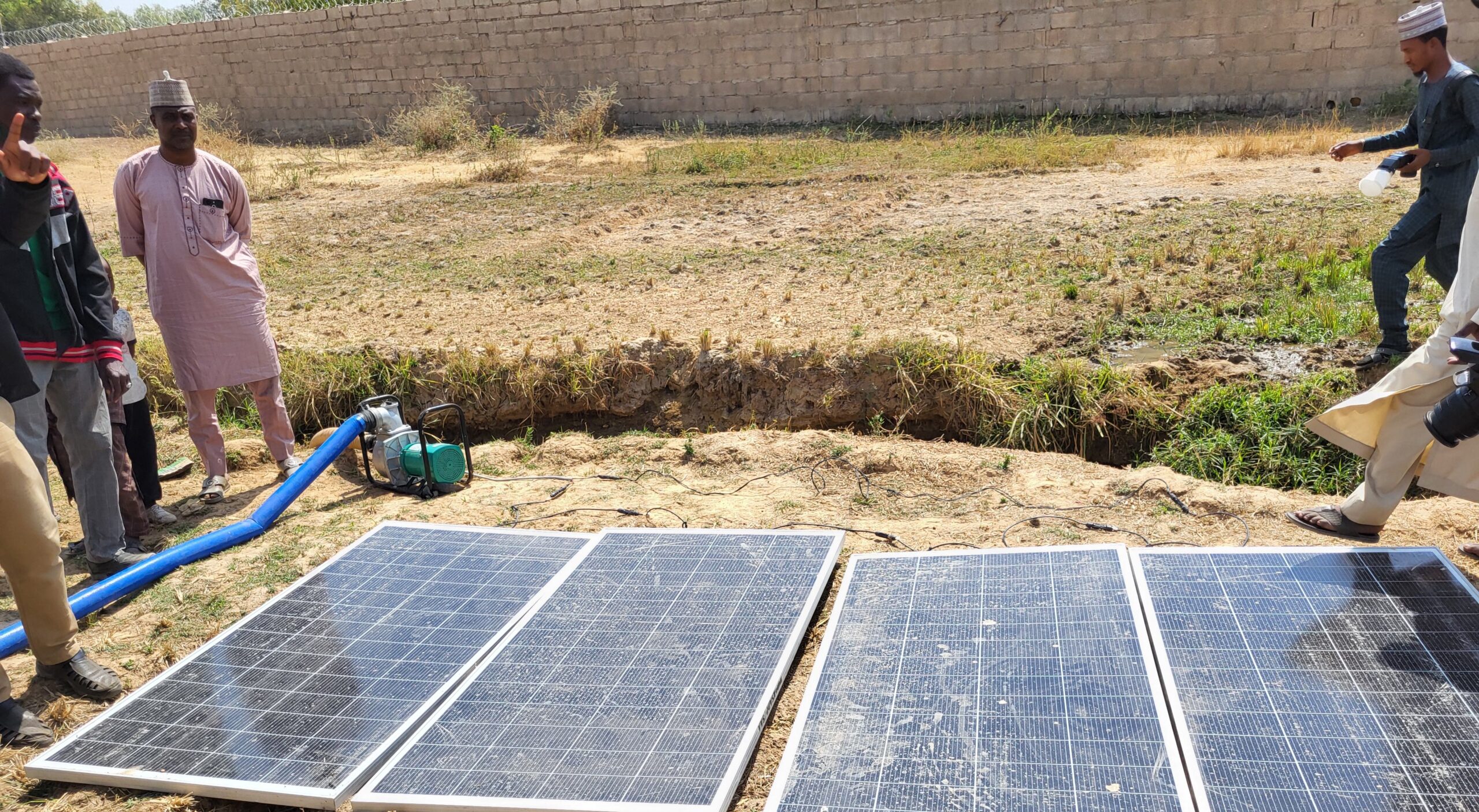Climate change-driven sea level rise is expected to trigger growing waves of migration away from coastal areas globally. However, our new modeling study of future migration patterns in Bangladesh’s coastal zones—among the world’s most vulnerable to rising seas—contradicts this common assumption.
Our modeling scenarios found no realistic level of flooding likely to cause enough damage to drive out-migration from Bangladesh’s coastal areas by 2100; in fact, these areas remain some of the top destinations for in-migration, due to the many non-agricultural income opportunities they offer.
The results indicate that in-migration and immobility are significant sea level rise impacts, and even lead to higher populations in some of the country’s coastal regions.
The findings suggest the need for a more nuanced understanding of how sea level changes may impact migration, and how policy makers should best assist populations as they adapt to climate change.
Existing projections of sea level rise-driven migration are often gross oversimplifications. They tend to focus on broad socioeconomic data, ignoring the heterogeneity of coastal populations and the complex behavioral dynamics that influence migration. A lack of empirical data in many affected countries has often led researchers to assume a straightforward relationship in which rising sea levels lead to out-migration.
The results
Our study employs an agent-based model focusing on empirical data and an assessment of livelihood portfolios in order to come to a more complex understanding of what drives migration. We exposed 4.8 million simulated migrants to 871 scenarios of projected 21st century coastal flooding under future emissions pathways as outlined by the Intergovernmental Panel on Climate Change (IPCC).
While some out-migration occurs, it is consistently offset by in-migration. Vulnerable coastal districts remain some of the top country-wide migration destinations under all emission scenarios—including RCP 8.5, the most dire IPCC scenario, with a global average temperature increase of 3.7 degrees Celsius and a sea level rise of 0.63 meters by 2100.
One reason is that while flooding accelerates a transition from agricultural to non-agricultural income opportunities, livelihood alternatives are most abundant in coastal cities. For instance, modeling shows many of the largest migration flows arriving in Bhola district, where retail, trade, and manufacturing businesses employ 140,000 people.
At the same time, some coastal populations are unable to migrate, as flood losses accumulate and systmatically reduce their livelihood opportunities.
A number of factors undermine people’s ability to move away from threatened areas, including: Lack of job opportunities inland; lack of affordable housing inland, often due to oversaturated housing markets during large-scale migration; lack of access to credit; strong attachments to place.
Our approach builds on existing models that identify labor markets, economies, and social networks as important factors when making income and migration decisions; but it goes a step further and acknowledges cultural attachments, flood risk perception, and credit constraints as additional factors. This multifaceted approach highlights the complex relationship between rising sea levels and migration, and also demonstrates that considering individual-level behaviors and motivations is effective when seeking to understand and affect migration outcomes around sea level change.
Going forward
The single greatest impediment to mobility for people threatened with flooding due to rising sea levels is lack of access to credit, the model shows. Though this might suggest that policies that broaden access to credit could address this problem, mobility is a more complex phenomenon. Greater access to credit can increase wealth, but that in turn can have a mooring effect: Labor markets become saturated, agents in the model may have a smaller social network inland to help them, or the access to credit leads them to invest more in their current livelihoods—all inhibiting relocation.
Policies that encourage more diverse livelihoods could also help solve issues of immobility. By increasing non-agricultural job opportunities inland, policy makers could limit the appeal of coastal cities and open up crowded job markets inland.
As countries prepare for large-scale migration due to sea level change and other climate impacts going forward, making accurate migrations estimates will only grow in importance. More well-rounded models are essential in overcoming the current flaws in many estimates and formulating policy prescriptions. Future modeling efforts should focus more heavily on potential policy impacts on migration, as it is clear from our findings on credit that policy decisions can have a range of important behavioral responses that shape decisions on whether to stay, or go.
Valerie Mueller is an IFPRI Non-Resident Fellow and Associate Professor at the Arizona State University School of Politics and Global Studies; Andrew Reid Bell is an Assistant Professor of Environmental Studies at New York University; Honor Dearlove is an IFPRI Communications Intern.
The National Socio-Environmental Synthesis Center (SESYNC) provided support for this research.







